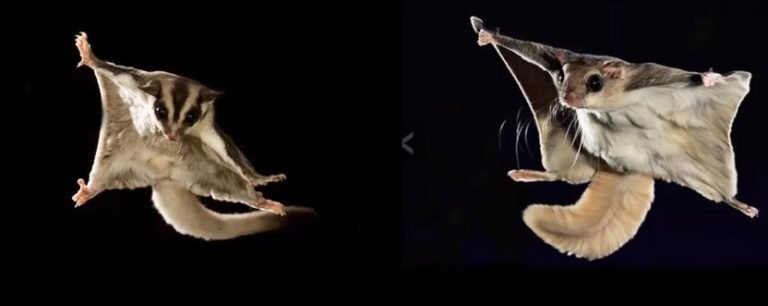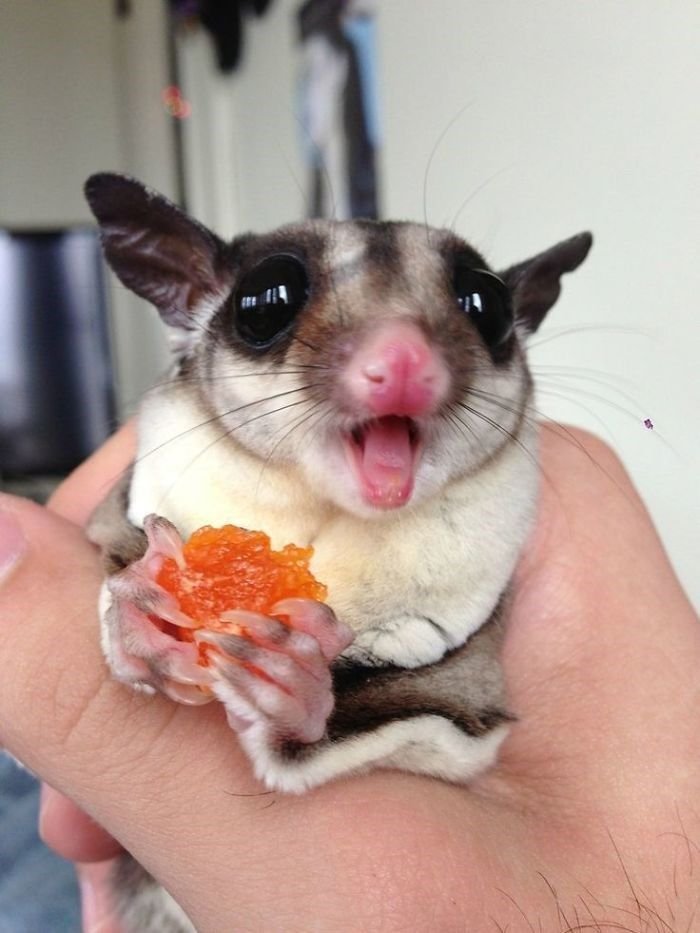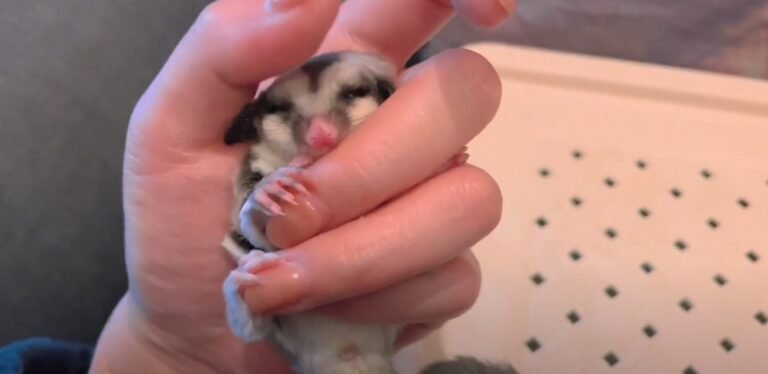My Sugar Glider Is Cold And Not Moving
My sugar glider is cold and not moving. What should I do? If you find yourself asking this question, it’s important to act quickly but calmly to address the situation. Sugar gliders are small, nocturnal marsupials that require specific care and attention to thrive. In this article, we’ll explore the possible reasons for your sugar glider’s coldness and immobility and provide you with helpful tips to remedy the situation. Let’s dive in!
Understanding Sugar Gliders’ Behavior and Needs
Before we delve into possible solutions, it’s essential to have a basic understanding of sugar gliders’ behavior and needs. Here are some key points to consider:
1. Nocturnal Creatures: Sugar gliders are naturally active during the night and sleep during the day. This is their biological instinct, and it’s crucial to respect their natural sleep patterns.

2. Warmth Requirements: Sugar gliders thrive in warm temperatures ranging from 75°F to 85°F (24°C to 29°C). They have a high metabolic rate and require warmth to maintain their body temperature.
3. Bonding and Companionship: Sugar gliders are highly social animals that form strong bonds within their colony or with their human caregivers. Lack of companionship and social interaction can lead to stress and health issues.
4. Proper Nutrition: A balanced diet is vital for the well-being of sugar gliders. They require a combination of fresh fruits, vegetables, protein, and a specialized pellet diet designed for sugar gliders.
Possible Reasons for Sugar Glider’s Coldness and Immobility
Now that we have a foundation of knowledge about sugar gliders, let’s explore the potential reasons for their coldness and immobility:
1. Low Ambient Temperature: If the room temperature drops below the optimal range, your sugar glider may become cold and unresponsive. It’s important to ensure they are kept in a warm environment at all times.
2. Illness or Injury: A sick or injured sugar glider may exhibit signs of hypothermia, such as being cold to the touch and unable to move. If you suspect this to be the case, seek immediate veterinary assistance.
3. Stress and Fear: Sugar gliders are sensitive creatures, and stress or fear can cause them to immobilize or appear cold. It could be triggered by environmental changes, lack of mental stimulation, or lack of social interaction.
4. Nutritional Deficiencies: Inadequate nutrition can lead to various health issues in sugar gliders, including lethargy and sluggishness. Ensure you provide a balanced diet and consult a veterinarian for specific dietary recommendations.
Steps to Take When Your Sugar Glider Is Cold and Not Moving
Addressing the situation promptly and effectively is crucial when your sugar glider is cold and not moving. Follow these steps to help improve their condition:
1. Check the Ambient Temperature: Ensure that the room where your sugar glider is housed is within the optimal temperature range of 75°F to 85°F (24°C to 29°C). Consider using a heat lamp or a safe heating pad to provide extra warmth if necessary.
2. Warmth Recovery: Gently hold your sugar glider against your body, ensuring it has direct contact with your warm skin. Your body heat can help gradually raise their temperature. Make sure to handle them with care and avoid sudden movements.
3. Offer a Comfortable Environment: Make sure your sugar glider has a cozy and well-insulated sleeping nest or pouch to snuggle in. Provide extra bedding or fleece liners to create a warm and comfortable environment.
4. Provide Nutritious Food and Water: Offer fresh fruits, vegetables, and a high-quality pellet diet to ensure your sugar glider receives proper nutrition. Hydration is also vital, so check their water supply and ensure it is clean and accessible.
5. Observe and Monitor: Keep a close eye on your sugar glider’s behavior and physical condition. If there are no signs of improvement within a reasonable period, it is advisable to seek professional veterinary advice.
Frequently Asked Questions
1. How long can a sugar glider survive in the cold?
Sugar gliders have a limited ability to tolerate colder temperatures due to their small size and high metabolic rate. Prolonged exposure to cold temperatures can cause hypothermia, potentially leading to serious health issues or even death. It’s crucial to provide them with a warm environment to prevent any harm.
2. Can a sugar glider hibernate?
Sugar gliders do not naturally hibernate like some other small mammals. However, they may enter a state of torpor if exposed to extreme cold or other environmental stressors. Torpor is a temporary reduction in metabolic activity to conserve energy. If you suspect your sugar glider is in torpor, it’s essential to warm them up gradually and seek professional advice if needed.
3. Can stress cause a sugar glider to become cold and immobile?
Yes, stress can manifest in various ways in sugar gliders, including becoming cold and immobile. They are sensitive animals that require mental stimulation, companionship, and a calm environment. High-stress levels can adversely affect their overall well-being, so it’s crucial to create a stress-free and enriched living space for them.
Final Thoughts
Final Thoughts
Taking care of a sugar glider requires attention to detail and a deep understanding of their unique needs. If you find your sugar glider cold and not moving, remember to assess the ambient temperature, provide warmth, ensure proper nutrition, and monitor their behavior closely. Consulting with a veterinarian who specializes in exotic animals is always a wise decision when dealing with the health and well-being of your sugar glider. By taking appropriate actions and providing a nurturing environment, you can help your sugar glider thrive and lead a happy, active life.







